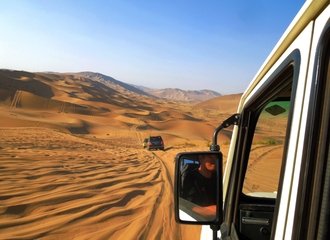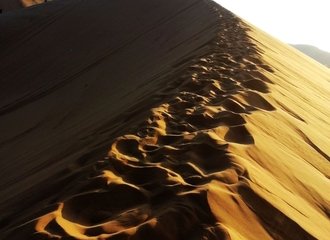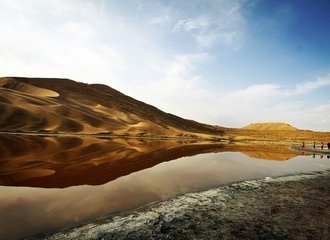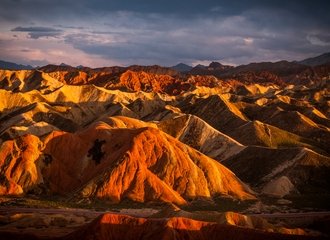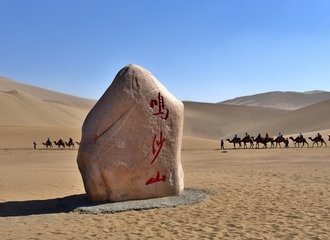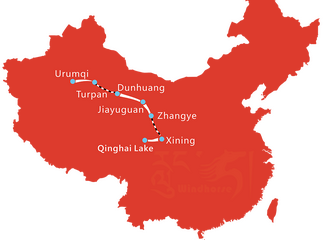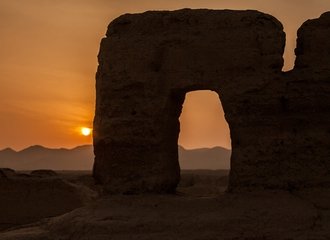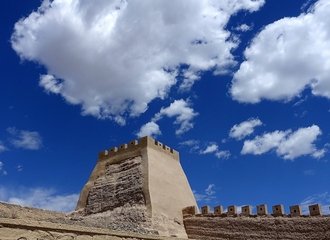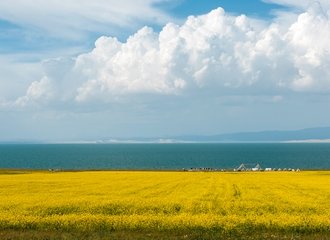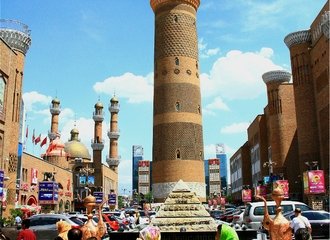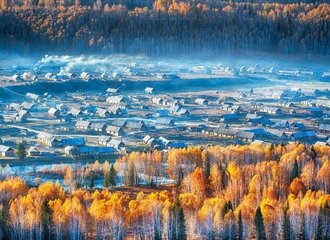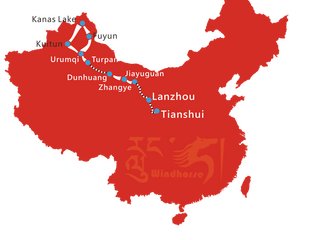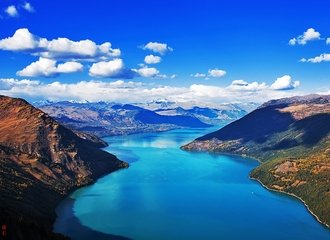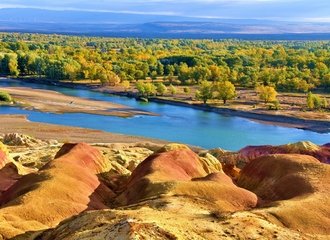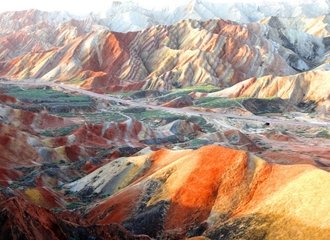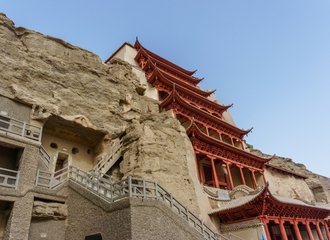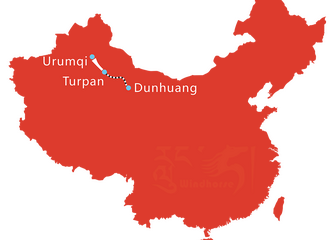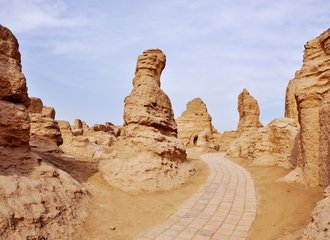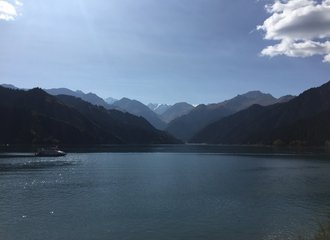Tibetan dance
As with many other minority ethnic groups in China, the Tibetan people are very adept at singing and dancing. With the snow covered land, high mountains and holy lakes as their settings, the songs and dances seem all the more sacred, reverberant and fantastic. Tibetan dances, mostly mixed with dulcet songs, are like bright stars that illuminate this broad and mysterious land. Generally speaking Tibetan dances fall into four groups: Folk Dances, Religious Dances, Royal Dances and Opera Dances.
Folk Dances, Mostly these are collective circular dances purely for recreational purposes but some are performed for an audience.
Gorshie is a common dance performed in village squares or in the fields. On festive days, the villagers will place a jar of chang on the ground and sing and dance around it. The men and women stand opposite each other and link hands or arms. The dance starts with singing, and then the group begins to dance to the call of 'shiu shiu shiu' or 'chui chui chui' under the guidance of a leader. Three steps together with a mutative move form the basic rhythm. Men and women may dance separately for a time or compete in the process. Finally, the leader will make louder or quicker calls, to increase the pace and the dancers take up the rhythm and end the dance by loudly stamping both feet.
Gorchom is another kind of folk dance popular in the villages. It was originally performed as a recreational dance around the home fire or kitchen range. The style of dance varies a little between the farming, forest and pastoral regions. In the farming areas, men and women form a circle and first sing and start a walking step. When the song is finished, with a chorus of 'ya-ya', they begin shake their long sleeves and rapidly change the pace. The dance comes to a climax as loud shouts burst forth. The dance ends with a fast rhythm. The postures of this dance represent the strutting of a mythical immortal hawk. The loose clothes worn by the dancers make it seem more wild and impassioned. The differences of this dance in other regions mainly lie in the steps.
Dance of Highland initially originated from the countryside of Yarlung Tsangpo River and the high regions of Shigatse and Ngari. Later in a Shoton Festival held in Lhasa, it was taken on the stage by a Tibetan Opera troupe. The dance which was perfected and standardized after that performance gradually became popular with all ranks in Lhasa. It is the first kind of dance accompanied by a six-string instrument; flute, bell chimes but other musical instruments are also used in this dance. The steps have been adjusted somewhat from the basic rhythm of the original dance and now it is often danced as a performance. The most welcome of these is the step-dance performed by the men. The steps of this dance are very unique, all the dancers wear hard leather shoes, and later bells are tied to their legs or feet to enhance the musical effect.
Langma Dance was initially a dignified and elegant dance popular with the former ministers in Lhasa. It is also a dance performed with songs and instruments, which form its focus and are more popular than the dance itself. The performance is divided into two parts: quiet songs and rapid dancing and songs. The beautiful melodies can still be heard from rooms and tents when strolling on the quiet streets of Lhasa, Shigatse and other cities.
Shinze Dance is widespread in Chamdo, as well as other areas where Tibetans inhabit like Qinghai, Yunnan and Batang of Sichuan Province, the last is the most popular among these. The dance is led by a man holding a horn fiddle. Accompanied by his playing, the whole line is continuously changing its form while singing and dancing. The posture mainly imitates another immortal bird, the peacock. The traditional double dance Peacock Drinks Water exudes the wishes for good fortune and happiness of the Tibetans

